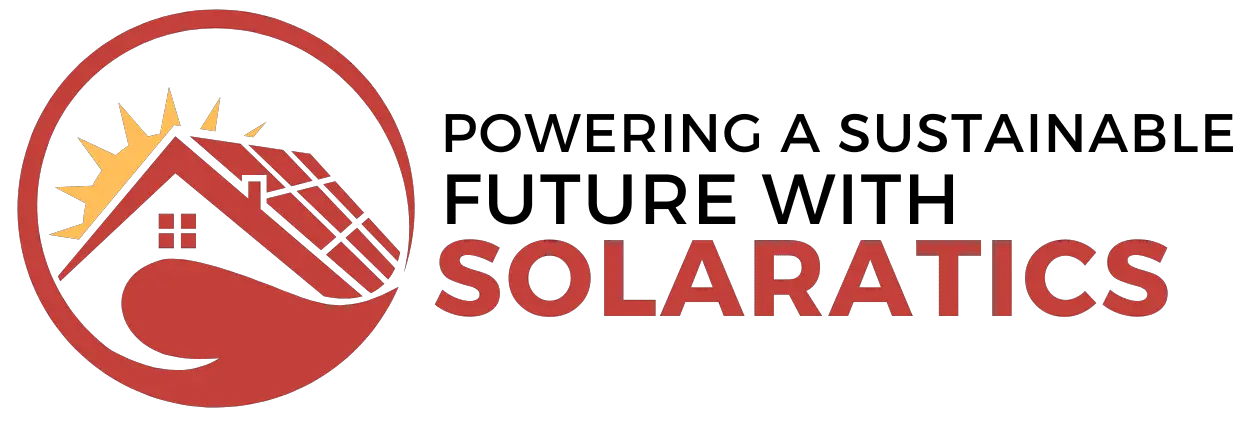How Much Solar to Run a Mini Split (BTU, Daily Usage)

Dreaming of cool summer breezes without the hefty electricity bill? Mini split air conditioners offer efficient climate control, but can you power them with sunshine instead of the grid? And searching for how much solar to run a mini split?
Absolutely! Let’s enter the world of solar powered mini splits, exploring how much solar power you need and how to make it happen.
Mini Splits Meet Solar Panels
Before we jump into calculations, let’s understand the key players:
- Mini splits: These ductless AC units come in various sizes, measured in BTUs (British thermal units). The higher the BTU, the larger the space it can cool/heat.
- Solar panels: These rooftop marvels convert sunlight into DC (direct current) electricity.
- Inverters: These clever devices transform DC electricity from your panels into AC (alternating current) electricity usable by your mini split.
So, how does it work? The sunlight hits your panels, creating DC electricity. The inverter then flips this DC magic into AC power, directly feeding your mini split with clean, sun-powered energy!
Mini Split BTU, Daily Usage
| Mini Split BTU | Estimated Daily Usage (Hours) | Estimated Daily Energy Needs (Watt-Hours) | Estimated Number of Solar Panels (0.7 Derating Factor, 1.25 System Loss) |
|---|---|---|---|
| 9,000 | 6 | 4,860 | 4-5 |
| 12,000 | 8 | 7,680 | 7-8 |
| 18,000 | 8 | 11,520 | 10-11 |
| 24,000 | 8 | 15,360 | 14-15 |
Please note: This table is for informational purposes only and should not be used for definitive system design. Consult a qualified solar installer for accurate calculations based on your specific needs and location.
Sizing Up Your Solar Dream
Now, how much solar do you need? Remember, there’s no one-size-fits-all answer. Several factors play a crucial role:
Mini split size:
As mentioned earlier, BTUs determine your mini split’s energy demand. A larger unit, say 24,000 BTU, will require more solar power than a smaller 12,000 BTU one.
Climate:
Sunnier regions naturally see more solar generation, meaning you might need fewer panels compared to cloudier areas.
Usage patterns:
How often and how long you run your mini split significantly impacts your energy needs. Consider daily usage hours and desired cooling/heating levels.
Battery backup (optional):
Want uninterrupted coolness even on cloudy days? Integrating a battery system allows you to store excess solar energy for later use. This, of course, adds to the overall system size.
Calculating Your Solar Needs

While professional assistance is recommended for precise calculations, here’s a simplified method to get a ballpark estimate:
- Know your mini split’s wattage: Check the unit’s specifications for its wattage consumption (e.g., 1,500 watts).
- Estimate daily usage: Consider average daily usage hours (e.g., 8 hours).
- Calculate daily energy needs: Multiply wattage by usage hours (e.g., 1,500 watts x 8 hours = 12,000 watt-hours).
- Factor in sunlight variations: Multiply the result by a derating factor based on your location’s sunlight hours (e.g., 0.7 for areas with average sunlight).
- Account for system losses: Multiply again by 1.25 to account for inverter and system losses.
- Voila! This gives you your estimated daily solar energy requirement (e.g., 10,500 watt-hours).
Remember: This is a simplified approach, and professional evaluation is crucial for an accurate system design.
Additional Considerations
While calculations are important, don’t forget these key points:
- Inverter size: Ensure your inverter can handle your mini split’s peak starting wattage.
- Panel efficiency: Higher-efficiency panels might require fewer panels but can be costlier.
- Financial incentives: Check for government rebates or tax credits to offset solar system costs.
- Professional guidance: Consulting a qualified solar installer is vital for optimal system design and installation.

FAQs About how much solar to run a mini split
Yes, it’s possible! With a properly sized system, you can achieve energy independence for your mini-split.
Battery backup allows you to store excess solar energy for use during cloudy periods.
While the initial investment can be significant, long-term energy savings and potential financial incentives make solar an attractive option.
Solar panels typically last 25-30 years, making them a durable investment.
Conclusion
While calculations can guide you, remember, professional help is key for an optimal, efficient system. With careful planning and the right partners, you can unlock the door to sun-powered comfort, leaving your energy bills and carbon footprint behind.
Take the first step today and explore the bright future of solar-powered mini splits!
